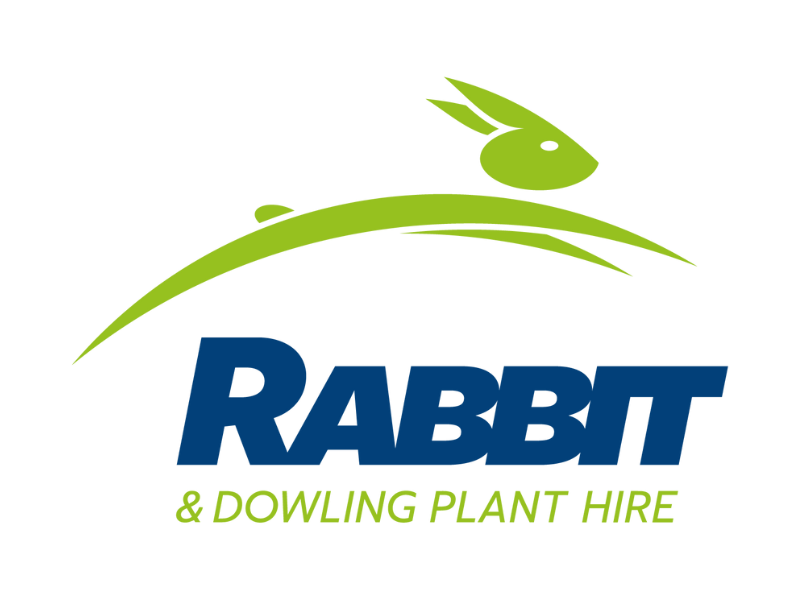Choosing the right excavator bucket size is crucial for maximising the efficiency and productivity of your project. This guide covers selecting excavator bucket sizes and corresponding digging depths, as well as why bucket size matters and tips on selecting the best bucket size for your job. Whether you’re digging, trenching or handling materials, the right bucket size can make all the difference.
How to select a suitable bucket size
Deciding on the right excavator bucket size for a specific digging depth involves considering several factors:
- Bucket capacity – determine how much volume of material you need to move and match this to the bucket’s capacity. For instance, larger buckets reduce the number of passes required to complete the job, economising on time and fuel.
- Excavator size – check that the bucket size is compatible with your excavator’s specifications to avoid overloading and potentially straining the machine.
- Digging depth – for deeper digs, narrower buckets prove to be more efficient as they allow for better control and precision. Wider buckets are more suitable for shallow, bulk excavations.
- Material type – consider the type of material you’re digging; harder materials, such as rock, may require smaller, more robust buckets to deal with the increased stress. Softer materials, such as soil or clay, can be handled by a larger bucket.
- Job specifications – assess the job requirements, such as trench width and the need for precision. Different jobs may call for different bucket shapes and sizes.
Balancing these factors, in addition to consulting with equipment hire specialists, enables you to select a bucket size that ensures efficiency and meets the specific needs of your digging depth and job type.
Why does bucket size matter?
Excavator bucket size matters for three essential reasons:
- Efficiency: The right bucket size can significantly impact the efficiency of excavation operations. Having the correct sized bucket allows for optimised materials handling, reducing the number of passes required to complete a task. This efficiency saves time, fuel and labour costs.
- Productivity: Matching the bucket size to the job enhances productivity. A larger bucket can move more material in a single pass, making it ideal for bulk excavation tasks. Conversely, a smaller bucket offers better precision and control, suitable for detailed excavation work or working in confined spaces.
- Machine performance: Using the correct bucket size helps maintain the excavator’s overall performance and longevity. Overloading an excavator with an oversized bucket can strain the machine’s engine, hydraulic system and undercarriage, leading to increased wear and potential breakdowns. Conversely, using a bucket that’s too small may result in inefficient operation and unnecessary wear on the equipment.
Excavator type and digging depth guide
Specialist equipment plant hire companies typically offer a variety of excavators, each offering varying digging depths:
| Excavator type and weight | Digging depth (metres) |
| K008-5 – 0.8 Tonne | 1720 |
| Sany SY16 – 1.6 Tonne | 2360 |
| Kubota u17-3 – 1.7 Tonne | 2310 |
| Kubota u27-4 – 2.7 Tonne | 2820 |
| Liugong 9027F – 2.7 Tonne | 2857 |
| Kobelco SK30SR – 3.3 Tonne | 2820 |
| Kubota u48-4 – 4.8 Tonne | 3380 |
| Kubota u50-5 – 5.0 Tonne | 3370 |
| Kobelco SK55SR – 5.0 Tonne | 3900 |
| Kubota KX057-4 – 5.7 Tonne | 3890 |
| Kubota KX080-4 – 8.0 Tonne | 4600 |
| Kobelco SK85MSR-7 – 8.5 Tonne | 4180 |
| Liugong 909ECR – 8.7 Tonne | 4093 |
| Liugong 913FCR – 14.7 Tonne | 5490 |
| Hitachi ZX130 – 13 Tonne | 5120 |
| Doosan DX140 – 14 Tonne | 5635 |
Permits and training
When hiring excavator buckets, permits and training are not typically required specifically for the buckets themselves. However, there are important aspects to consider regarding the operators who will be using the excavator buckets:
Operator training: Operators should be properly trained and certified to use the excavator, which includes using bucket attachments. Training must cover equipment operation, safety protocols, maintenance procedures and understanding site hazards.
Permits and regulations: Depending on the local legal regulations and the nature of the project, permits may be required for the operation of heavy machinery such as excavators. Permits are generally focused on the operation of the equipment rather than the specific attachments being used. It’s essential to check local regulations and obtain any necessary permits before work commences.
Safety compliance: Employers are responsible for ensuring that their operators are compliant with all safety regulations and industry standards. This includes providing adequate training, maintaining equipment in safe working condition and implementing appropriate safety measures on the job site.
While permits and training are primarily focused on the operation of the excavator itself rather than the buckets, it’s crucial to have trained and qualified operators who understand how to safely and effectively use all attachments, including buckets, to minimise the risk of accidents and injuries on the job site.
When it comes to buckets, size and job matters
Whether you’re digging, trenching or handling materials, the right bucket size can make all the difference. Consulting with an experienced plant hire equipment specialist can ensure that you select the right excavator for your next project, with the most suitable bucket attached before it even leaves the yard.

Rabbit & Dowling Plant Hire is an established and expert supplier of plant hire for commercial and domestic building projects throughout Sussex, Surrey and Hampshire.
To find out more about Rabbit & Dowling Plant Hire’s plant hire services contact our expert and friendly team on 01903 851957 or info@rabbitanddowling.co.uk.
Rabbit & Dowling Plant Hire is part of The Rabbit Group of companies, which includes Rabbit Demolition, Rabbit Skip Hire and Rabbit Toilet Hire.





